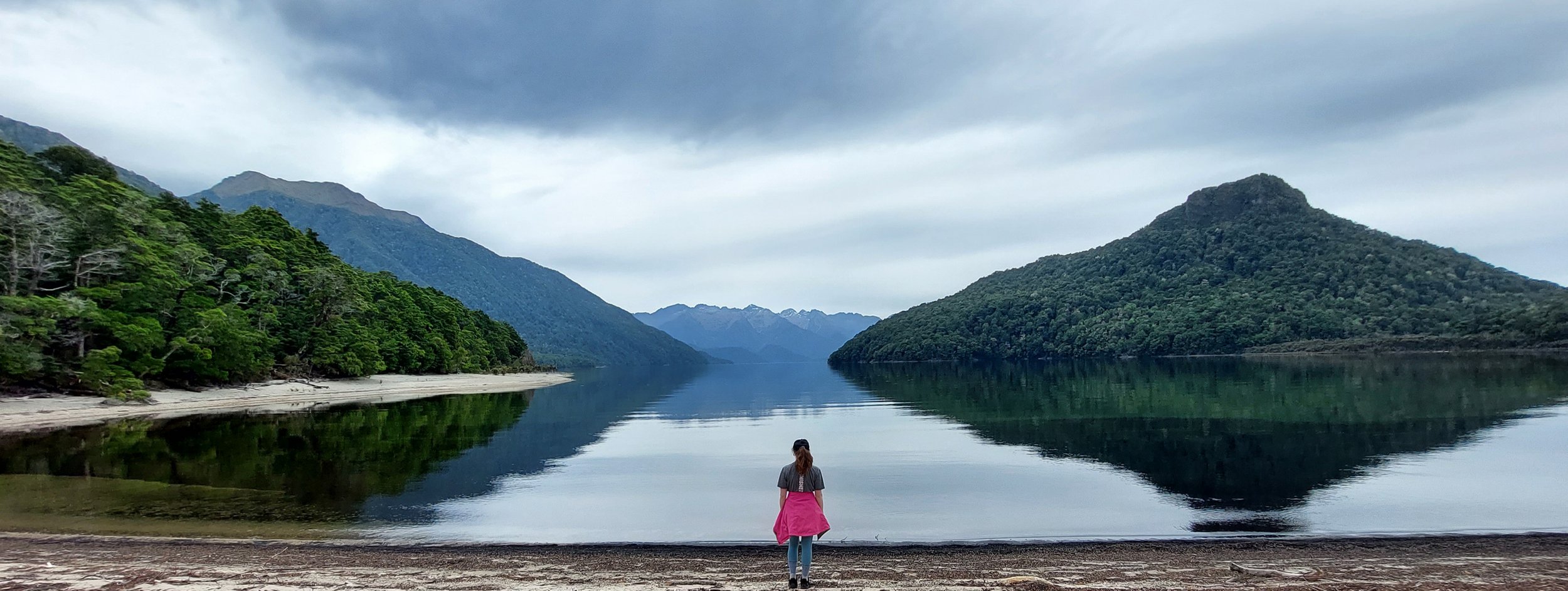
Sustainability
Environmental policy
Toitū te whenua, environmental sustainability, is one of our core values. Recognising our environmental responsibilities can’t be left to chance – our work is underpinned by a policy that highlights our intentions and educates our direction in our environmental performance.
-
We have an environmental policy and an environmental management system applying to all ŌCHT members, employees, and contractors. The policy covers all our undertakings in providing safe, warm, secure, and affordable housing. It extends to all locations where we conduct work activities.
You can read the full policy here.
-
The policy is recognised in the development of the Trust’s strategic plan. It provides a framework for setting environmental objectives in the work we do.
We regularly review our environmental objectives alongside the environmental policy and strategic plan.
-
We’re working through a number of initiatives to give life to our policy. They include:
using energy efficient products to enhance our homes
seeking to reduce construction waste
seeking and using recycling or renewable energies
striving to be a carbon neutral business by 2025
innovating with green products
building on time and under budget
embedding our environmental standards in our work

Our carbon commitment
Our environment supports and nurtures our communities – their success is intertwined - and we’re committed to both.
-
We’re a Toitū carbonzero certified organisation, reinforcing our focus on sustainability.
The Toitū Envirocare certification programme helps us reduce our impact on global warming. We’re measuring, continually managing and working to reduce our emissions to meet its aims.
We’re also offsetting the emissions we can’t avoid by buying carbon credits. The credits we buy help pay for carbon reduction initiatives worldwide.
-
We measured our carbon footprint for the year to June 2020 to establish the benchmark we need to beat.
This was done as a measure of CO2e, or carbon dioxide equivalent. This is unit expresses the impact of each different greenhouse gas in terms of the amount of CO2 that would create the same amount of warming.
That way, a carbon footprint consisting of lots of different greenhouse gases can be expressed as a single number. Easy.
It’s hard to imagine what a tonne of gas looks like. It makes more sense when you consider one tonne of CO2e (tCO2e) is equivalent to burning 370 litres of diesel, using 786 kg of standard office paper or traveling 3400 km on domestic air flights.
ŌCHT quality and audit specialist Fiona McGregor collated our CO2e profile for the Toitu audit. She found most was generated by our electricity use (24.11 tonnes of CO2e) and petrol (15.30 tCO2e).
Domestic air travel (5.69 tCO2e) and waste to landfill (3.46 tCO2e) helped bump our overall emissions to 50.55 tCO2e.
That’s equivalent to flying 170,000km – or about 228 flights between Christchurch and Auckland.
A Kiwi household of two adults and three kids generates more-than 7 tCO2e a year. New Zealand’s gross greenhouse gas emissions in 2018 were 78.9 million tCO2e.
-
We know our carbon footprint and we’re working on ways to cut it.
Our environmental goals are embedded in our policies, objectives and targets, and our Environmental Management Systems maintain our focus.
We’ve also got a series of emissions reduction targets. We’re committed to cutting our base emissions by 26.01% by December 31, 2025.
To help get us there, we’re converting our fleet of cars to electric by the end of 2025, and online meetings will replace travel where possible.
Waste audits and waste minimisation awareness will help reduce what we’re using and throwing away, and we’ll keep sharing ideas to improve our sustainability.
It’s a big job, but it’s an important one that’ll benefit our environment and the communities it supports. We know it’ll take a team effort to make it happen.
-
Toitu Envirocare audits us each year, to make sure we’re on track.
Our environmental aims are part of our KPIs. We regularly measure them so we all know how our efforts are translating into real results.

We’re committed to high standards
Our approaches to quality management, health and safety and the environment in the provision of housing placements, support for tenants to sustain their tenancies, and property and asset management in Christchurch and Banks Peninsula are International Organisation for Standardisation (ISO) certified.


